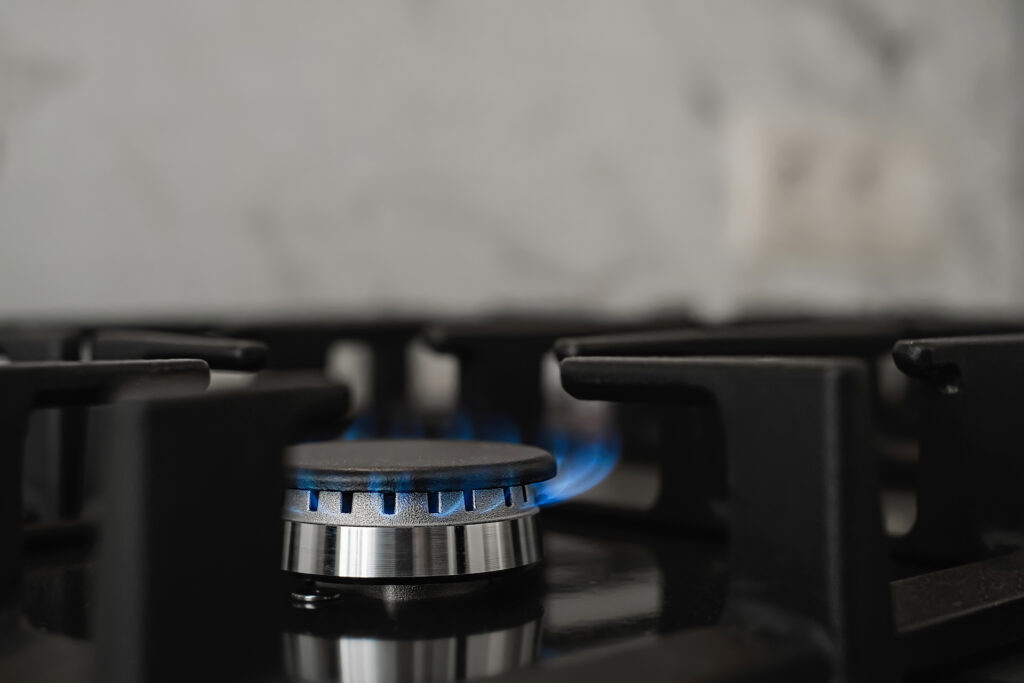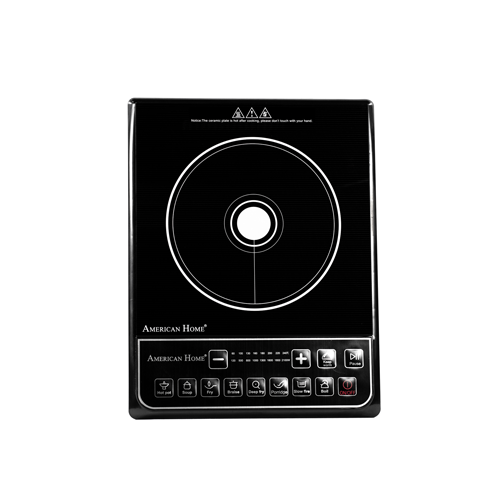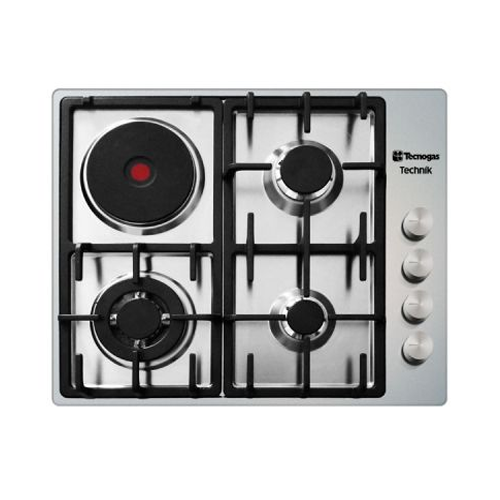
Understanding the Differences between an Induction vs. Gas Stove
If you’re looking to expand your culinary skills and experience, then getting the right kind of cooking appliances is a must. When it comes to stoves in particular, you have two popular options to choose from: gas stoves and induction stoves. While both serve the same purpose of cooking food, they operate on different principles and offer distinct advantages.
If you’re on the lookout for a new stove and you’re trying to decide between a gas and an induction one, make sure to account for the following differences:
Price
A gas stove is usually more affordable upfront, making it a popular choice for budget-conscious consumers. That being said, make sure to factor in the cost of the fuel (i.e., LPG) when evaluating your overall expenses. Do note that you can also opt for a gas range, which is a single unit composed of a gas stove on top and an oven at the bottom. It comes with more features and usually more hobs, but is more expensive than the usual countertop gas stove.
Meanwhile, an induction stove usually has a higher price tag compared to a gas stove. This is because of the materials and the technology used in manufacturing the appliance. That being said, advancements in technology are slowly reducing the price gap between these two types of stoves.
Energy Efficiency
While gas stoves and induction stoves have different heat sources, they are both energy efficient—just in different ways. With a gas stove, the heat is more direct. The flame is also instantly produced and easily adjusted. These factors reduce the amount of wasted energy.
Meanwhile, induction stoves use magnetic fields to heat the cookware directly. This results in faster cooking times and minimal heat loss. Additionally, induction stoves heat up quickly and cool down rapidly once the cookware is removed. This further adds to the efficiency of the appliance.
Types of Cookware
A gas stove is compatible with a wide range of cookware, including those made from aluminum, stainless steel, cast iron, and copper. You can also use glass cookware on gas stoves, except for tempered glass because it’s less heat-resistant.
On the other hand, because an induction stove works through electromagnetic induction, you’re going to need cookware with a magnetic base. Some examples include cast iron and magnetic stainless steel. Your traditional aluminum, copper, and glass cookware are generally not compatible unless they have a magnetic layer added to the bottom.
Cleaning and Maintenance

When it comes to cleaning and maintenance, gas stoves have removable burner grates and drip pans that you can wash in warm soapy water. However, the burners and knobs may require occasional deep cleaning to remove food residue and grease buildup.
In comparison, induction stoves are much easier to clean. Because the surface is flat and only the main cooking area gets hot, spills are less likely to burn or stick. A simple wipe with a damp cloth is usually enough to keep an induction stove clean.
Space Requirements
Because a gas stove requires a gas supply to operate, you need to account for the space where you’ll put the LPG tank. To prevent fires, the spread of smoke, and other accidents, you also need proper ventilation. You can achieve this by installing a range hood or placing the stove near a window. All of this may limit the flexibility of installation and add some complexity to kitchen remodeling projects.
On the other hand, induction stoves only require a nearby electrical socket with the correct voltage. As long as there is a power supply, induction stoves can be installed in any location within your kitchen. Do note that it’s still ideal to install a range hood to vent smoke, steam, and cooking smells.
Appearance or Style
With regard to style, gas stoves provide a classic and traditional aesthetic. The visible flames add warmth and character to the kitchen, which can help create a cozy ambiance. Meanwhile, induction stoves have a sleek and modern appearance. They feature a smooth glass surface with no visible burners, giving a minimalist and streamlined look to your kitchen.
Overall Benefits
To help you decide which is the best kind of stove for your needs, below is a quick summary of their overall benefits:
Gas Stove
- Precision. Gas stoves offer immediate flame adjustment, allowing for precise temperature control during cooking.
- Familiar cooking experience. Many chefs and home cooks prefer gas stoves because they are accustomed to cooking with open flames. This guarantees more consistent results.
- Reliability. Gas stoves continue to operate even during power outages, ensuring uninterrupted cooking.
Induction Stove
- Safety. Induction stoves remain cool to the touch, reducing the risk of burns or accidental fires. This feature is especially beneficial for households with young children.
- Efficiency. Induction stoves heat up quickly and distribute heat evenly, resulting in faster cooking times and reduced energy consumption.
- Easy cleanup. The smooth surface of induction stoves makes cleaning effortless, and since spills do not burn or stick, there is less time spent on scrubbing.
Ultimately, choosing between a gas stove and an induction stove depends on personal preferences, budget considerations, and kitchen requirements. Take note of the factors mentioned above to understand the differences between gas stoves and induction stoves. This way, you can make an informed choice that best suits your cooking needs.
Related Products
- Sold Out16% Off
 [wc-ps tag="span"]Compare
[wc-ps tag="span"]Compare- Strong and efficient heating power
- 8-level temperature setting
- Multi-cuisine function (Hot pot, Soup, Fry, Braise, Deep fry, Porridge, Slow fire, Boil)
- 4D water protection system
- Energy saving
- Includes stainless steel pot and glass lid
- Power: 2100W
- Voltage: 230V; 60Hz
Original price was: ₱2,199.00.₱1,850.00Current price is: ₱1,850.00. - Sold Out10% Off
 [wc-ps tag="span"]Compare
[wc-ps tag="span"]Compare- 60 cm Stainless Steel Hob
- 3 Gas Burners + 1 Fast Heating Electric Hot Plate
- Cast Iron Pan Support with Wok Stand
- Safety Valves
- Electric One-Touch Ignition
- Mechanical Control
- 7.4 kW Total Power
- Stainless Steel 304
- Dimension (w:d) 600 : 510 mm
Original price was: ₱14,995.00.₱13,500.00Current price is: ₱13,500.00.














